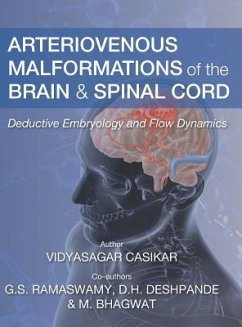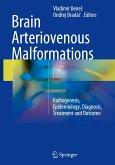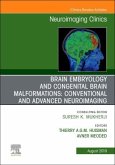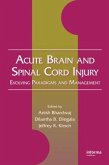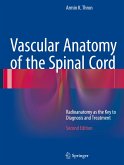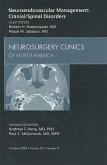It is a common practice to describe the anatomy of the Arterio-venous malformations (AVM) with reference to adult anatomy. The arterial feeders and the venous sinuses into which the arterialised blood drains are easily identifiable. However the arterialised venous channels extending between the arteries and the dural sinuses are just described as "abnormal venous channels". These AVMs occur due to developmental anomalies in the embryos. It is possible to identify these vessels. These structures normally disappear during the course of development, as they become atritic due to diversion of blood away from them. In the presence of an AVM, these vessels persist because of the abnormal flow created by the fistula. This publication demonstrates the method of identification of these segmental vessels. It is possible to deduct the anatomy if the formations of these malformations are followed through the various stages of the development of the embryo. Knowledge of embryology is not necessary to identify the persistent segmental veins. Padget proposed that accidental defects between the primitive embryonic segmental pial vessels produce these Arterio-venous fistulae. This concept is developed to logically deduce the anatomy. It is not possible to demonstrate all the possible variations. The reader is provided with the methodology that will lead to the identification of the anatomy. The flow pattern in an AVM is unique. Two fluid systems of different pressures and flow are interconnected. There are numerous reports on the flow characteristics of these malformations based on the assumption that the equations for a flow in a linear tube are applicable. We have demonstrated by experimental evidence and computational fluid dynamic studies that the flow is extremely complex. The physics of linear flow is not applicable to AVM.

